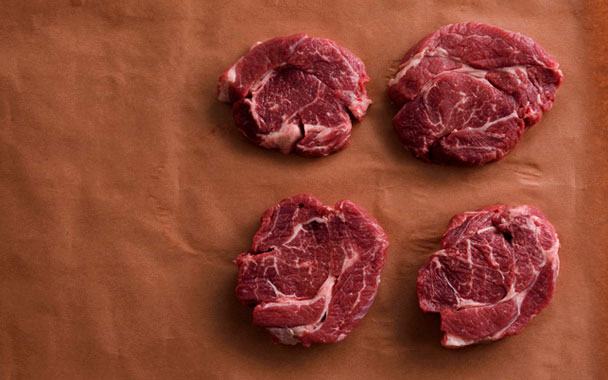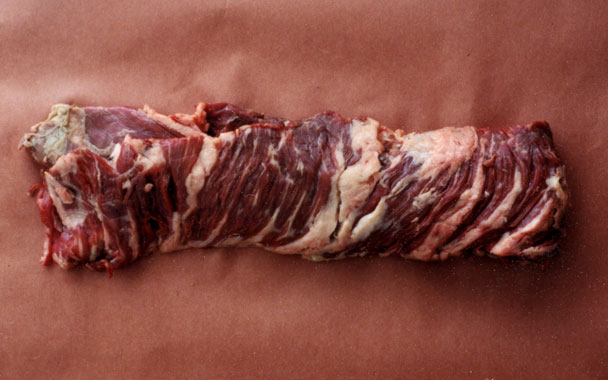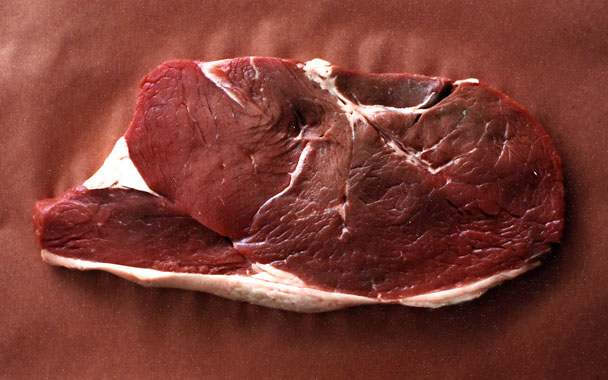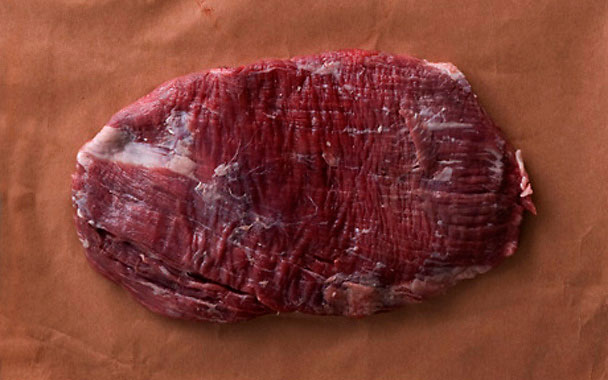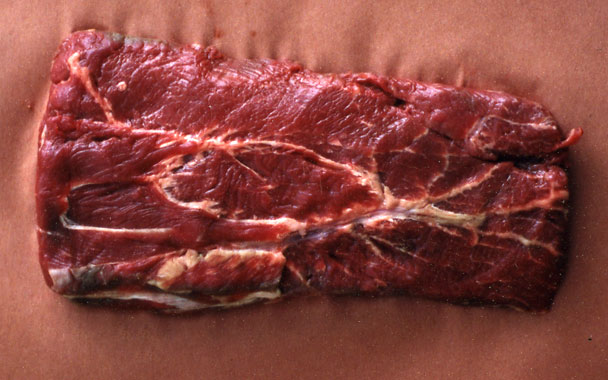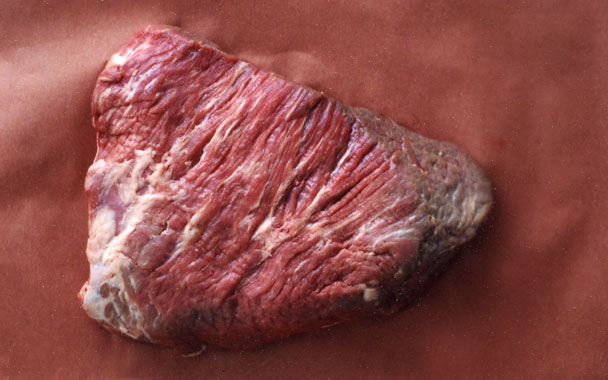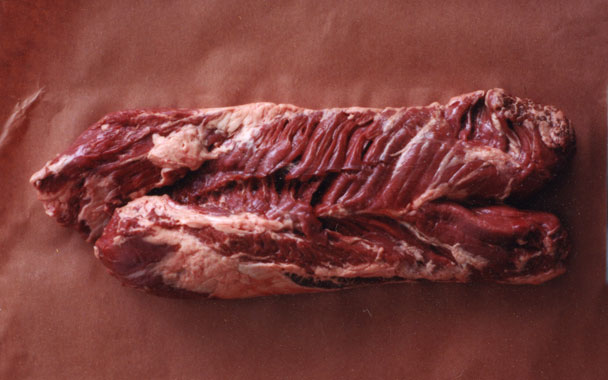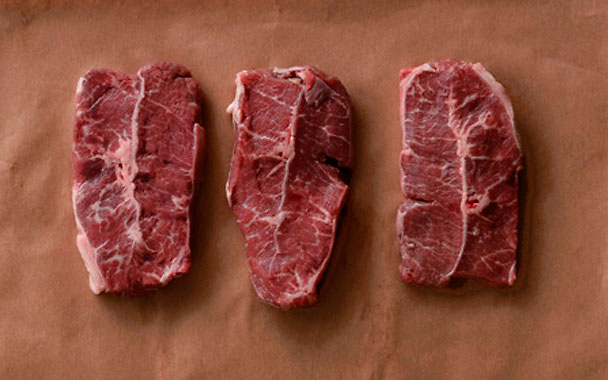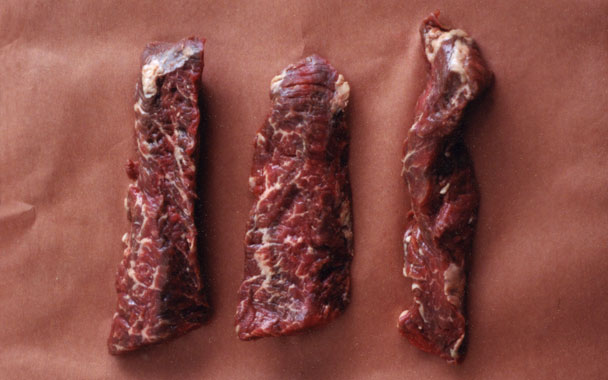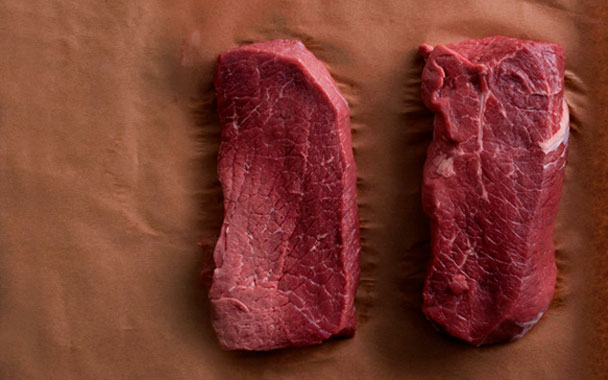The often overlooked chuck eye steak is separated from the rib eye at the steer’s sixth rib, and it shares many characteristics with the rib eye, but for a much better price. With many different muscles running through it, the boneless chuck eye steak is not a particularly pretty piece of meat, but it is well-marbled with fat, quite tender, and very tasty. Chuck eye steak is often braised, but it also takes happily to the grill or broiler if it is not overcooked.
RECIPE:
Smothered Steak

